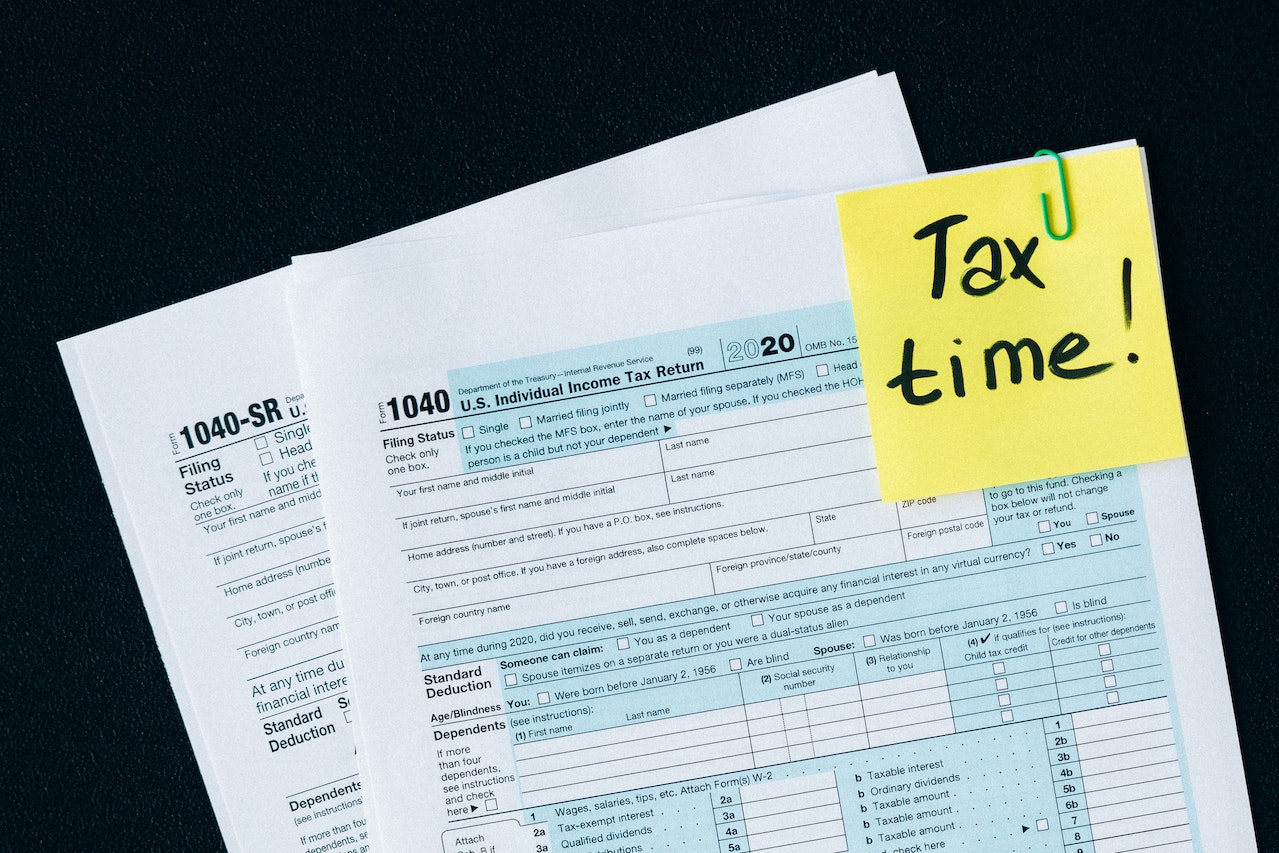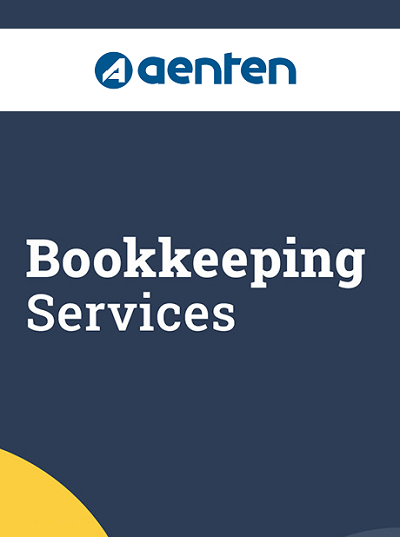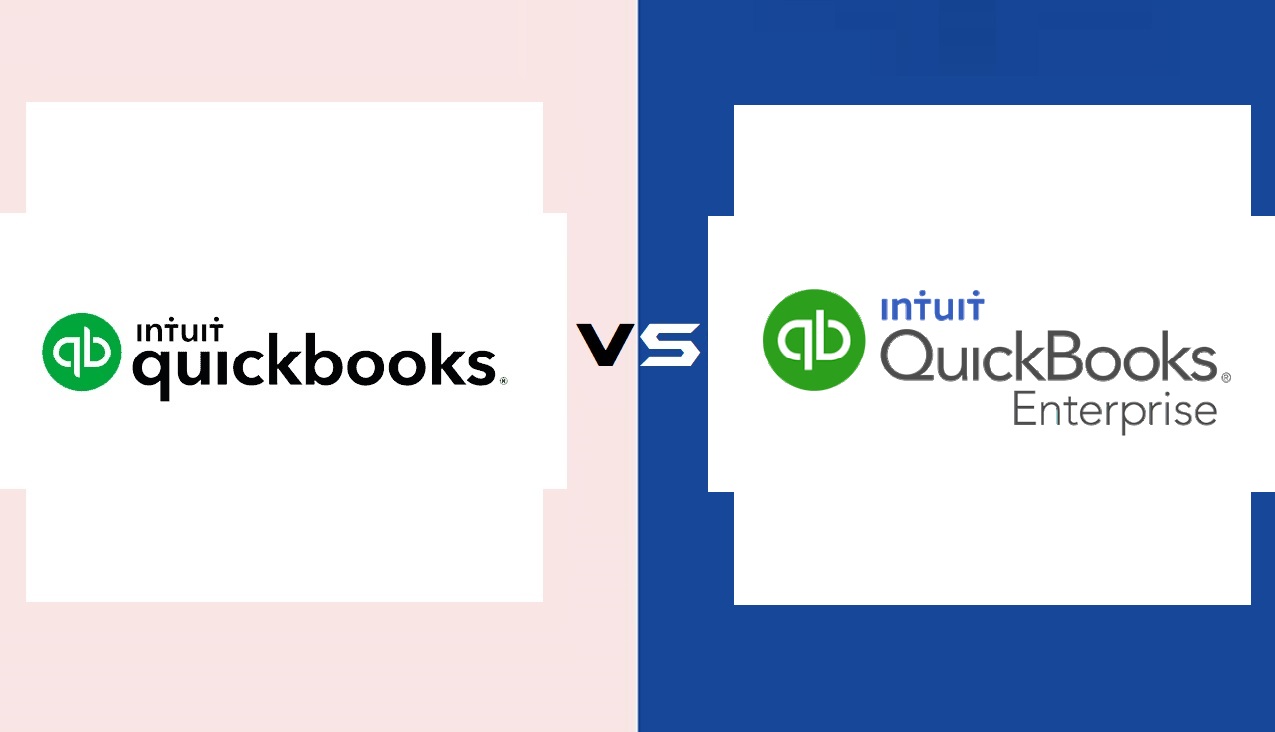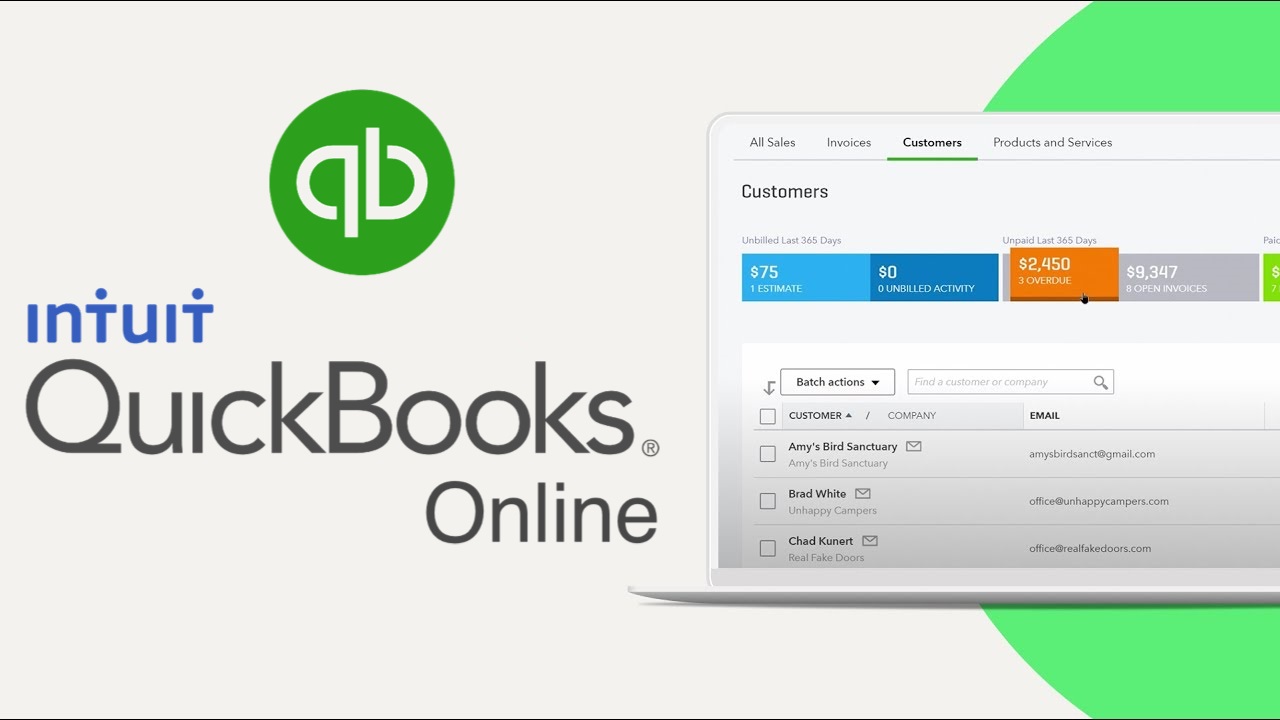The Employee Retention Tax Credit (ERTC) is a refundable tax credit designed to help businesses retain their employees during the COVID-19 pandemic. It was introduced as part of the Coronavirus Aid, Relief, and Economic Security (CARES) Act in 2020 and was extended through 2021 by subsequent legislation. In this essay, we will examine the ERTC in detail, including how it works, who is eligible to apply for it, and how to apply for it.
Section 2301 of the CARES Act introduced the ERTC, which provides eligible employers with a refundable tax credit for a portion of the wages paid to employees. The credit is intended to incentivize businesses to keep employees on their payroll, even if they are not currently able to operate at full capacity. The ERTC is available to businesses of all sizes, including non-profits, that were either fully or partially suspended due to a government order related to COVID-19 or experienced a significant decline in gross receipts.
Read Also : How To Pay Yourself As Sole Proprietor, Partnership, or LLC
How the Employee Retention Tax Credit Works
The ERTC is calculated as 50% of the qualified wages paid to each employee, up to a maximum credit of $5,000 per employee for the entire 2020 tax year and up to $28,000 per employee for the 2021 tax year. Qualified wages are wages paid to employees between March 12, 2020, and December 31, 2020, for the 2020 tax year and January 1, 2021, and December 31, 2021, for the 2021 tax year.
For businesses with 100 or fewer employees, all wages paid to employees during the eligible period are considered qualified wages, regardless of whether the business was partially or fully suspended. For businesses with more than 100 employees, only wages paid to employees who were not providing services due to the suspension of business operations or the significant decline in gross receipts are considered qualified wages.
To claim the ERTC, eligible employers can apply the credit against the employer portion of Social Security taxes that they owe or request an advance payment of the credit from the IRS. If the credit exceeds the employer’s Social Security tax liability, the excess can be refunded as a credit against other taxes or as a direct payment.
Read Also : How To Read Balance Sheet ?
Who Is Eligible to Apply for the Employee Retention Tax Credit?
To be eligible for the ERTC, employers must meet one of two criteria:
- The business was fully or partially suspended due to a government order related to COVID-19, OR
- The business experienced a significant decline in gross receipts.
For the purposes of the ERTC, a significant decline in gross receipts is defined as a 50% or greater decline in gross receipts in any quarter compared to the same quarter in the prior year. Once a business experiences a significant decline in gross receipts, it remains eligible for the ERTC until its gross receipts recover to 80% of the prior year’s gross receipts.
Eligible employers may claim the credit for wages paid to employees who were not working due to a government order related to COVID-19 or due to a significant decline in gross receipts. Additionally, the credit is available for wages paid to employees who were working but at a reduced capacity, such as due to reduced business operations or telework arrangements.
There are some limitations to the credit, however. Employers that received a Paycheck Protection Program (PPP) loan are not eligible for the ERTC. Additionally, the credit cannot be claimed for wages paid to family members or for wages that were used to calculate other tax credits, such as the Work Opportunity Tax Credit.
Read Also : 10 Ways To Pay Off IRS Tax Debt.
How to Apply for the Employee Retention Tax Credit
Employers can claim the ERTC on their quarterly Form 941, Employer’s Quarterly Federal Tax Return. Alternatively, employers can file Form 7200, Advance Payment of Employer Credits Due to COVID-19, to request an advance payment of the credit from the IRS. The advance payment is designed to provide businesses with immediate cash flow to help them retain employees during the pandemic.
To claim the credit on Form 941, employers must complete the designated lines and attach Form 941-X, Adjusted Employer’s Quarterly Federal Tax Return or Claim for Refund, if necessary, to correct any errors on previous filings. Employers can also claim the credit on their annual Form 944 or on their individual income tax return if they are self-employed.
Read Also : Annual Budgeting Guide For Small Business
Conclusion
The Employee Retention Tax Credit is a valuable tool for businesses that are struggling to retain employees during the COVID-19 pandemic.
It provides eligible employers with a refundable tax credit for a portion of the wages paid to employees, helping to incentivize businesses to keep employees on their payroll, even if they are not currently able to operate at full capacity.
To be eligible for the credit, businesses must have been fully or partially suspended due to a government order related to COVID-19 or have experienced a significant decline in gross receipts.
Additionally, the credit is available for wages paid to employees who were not working due to COVID-19 or were working but at a reduced capacity.
Read Also : Overview and Instructions : How To Fill Out Form 1065.
Employers can claim the credit on their quarterly Form 941 or request an advance payment of the credit on Form 7200.
The credit is calculated as 50% of the qualified wages paid to each employee, up to a maximum credit of $5,000 per employee for the entire 2020 tax year and up to $28,000 per employee for the 2021 tax year.
Overall, the Employee Retention Tax Credit is an important resource for businesses looking to weather the economic challenges of the pandemic.
By taking advantage of this credit, businesses can retain their employees and maintain their operations, even in the face of a recession.





